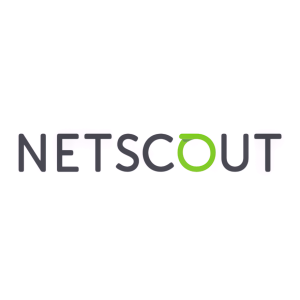DDoS Attacks Skyrocket and Hacktivist Activity Surges Threatening Critical Global Infrastructure According to NETSCOUT’s 1H2024 Threat Intelligence Report
Hacktivists Escalate Sophisticated, Multi-Vector Assaults on Banking and Financial Services, Government, and Utilities
“Hacktivist activities continue to plague global organizations with more sophisticated and coordinated DDoS attacks against multiple targets simultaneously,” stated Richard Hummel, director, threat intelligence, NETSCOUT. “As adversaries use more resilient, take-down-resistant networks, detection and mitigation are more challenging. This report gives network operations teams insights to fine-tune their strategies to stay ahead of these evolving threats.”
Attack Sophistication Strains Networks Worldwide
DDoS attacks continue to evolve, using innovative technologies and approaches to disrupt networks. During the 1H2024, NETSCOUT observed several significant trends, including:
-
NoName057(16), a pro-
Russia hacktivist group, increased its focus on application-layer attacks, particularly HTTP/S GET and POST floods, leading to a43% rise compared to 1H2023. -
Bot-infected devices increased by
50% with the emergence of the Zergeca botnet -- and the continued evolution of the DDoSia botnet used by NoName057(16) -- which uses advanced technologies like DNS over HTTPS (DoH) for command-and-control (C2). - Distributed botnet C2 infrastructure leveraging bots as control nodes, enabling more decentralized and resilient DDoS attack coordination.
These attacks have triggered widespread disruptions, affecting industries on a global scale. Service slowdowns or outages can cripple revenue streams, delay critical operations, hinder productivity, and significantly elevate organizational risks.
Attackers Targeting New Networks
NETSCOUT also found that the emergence of new networks and autonomous system numbers (ASNs) play a pivotal role in increased DDoS activity. Over
NETSCOUT’s global internet visibility is backed by decades of experience working with the world’s largest service providers and enterprises. It collects, analyzes, prioritizes, and disseminates data on DDoS attacks from 216 countries and territories, 470 vertical industries, and over 14,000 ASNs. Powered by its ATLAS platform, the company gains insights from more than 500 terabits per second (Tbps) of internet peering network traffic.
Visit our interactive website for more information on NETSCOUT's DDoS Threat Intelligence Report. For real-time DDoS attack stats, map, and insights, visit NETSCOUT Cyber Threat Horizon.
About NETSCOUT
NETSCOUT SYSTEMS, INC. (NASDAQ: NTCT) protects the connected world from cyberattacks and performance and availability disruptions through its unique visibility platform and solutions powered by its pioneering deep packet inspection at scale technology. NETSCOUT serves the world’s largest enterprises, service providers, and public sector organizations. Learn more at www.netscout.com or follow @NETSCOUT on LinkedIn, X, or Facebook.
©2024 NETSCOUT SYSTEMS, INC. All rights reserved. Third-party trademarks mentioned are the property of their respective owners.
View source version on businesswire.com: https://www.businesswire.com/news/home/20241002390460/en/
Editorial:
Chris Lucas
NETSCOUT Systems, Inc.
+1 978-614-4124
chris.lucas@netscout.com
Chris Shattuck
Finn Partners for NETSCOUT
+1 404-502-6755
NETSCOUT-US@FinnPartners.com
Source: NETSCOUT SYSTEMS, INC







